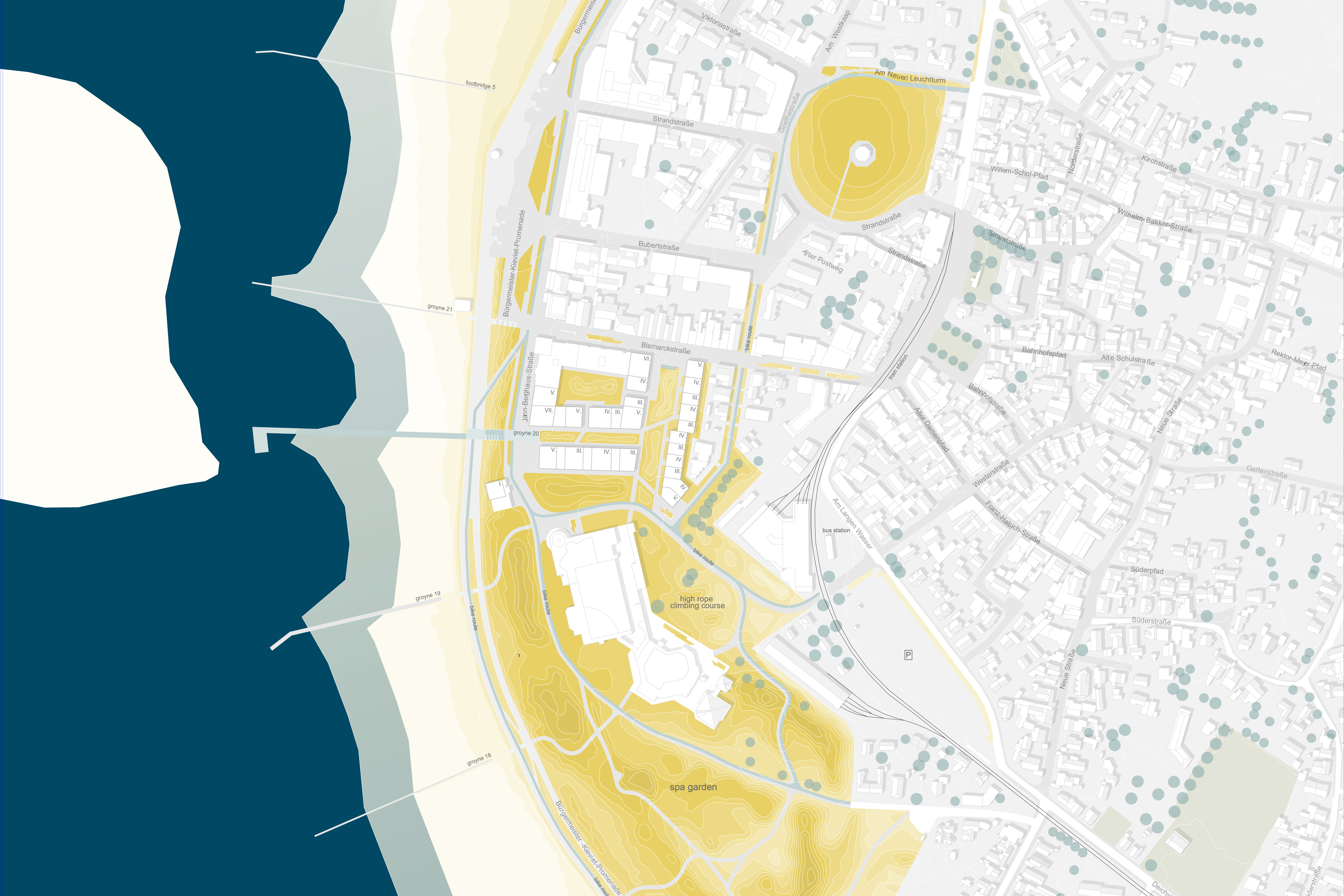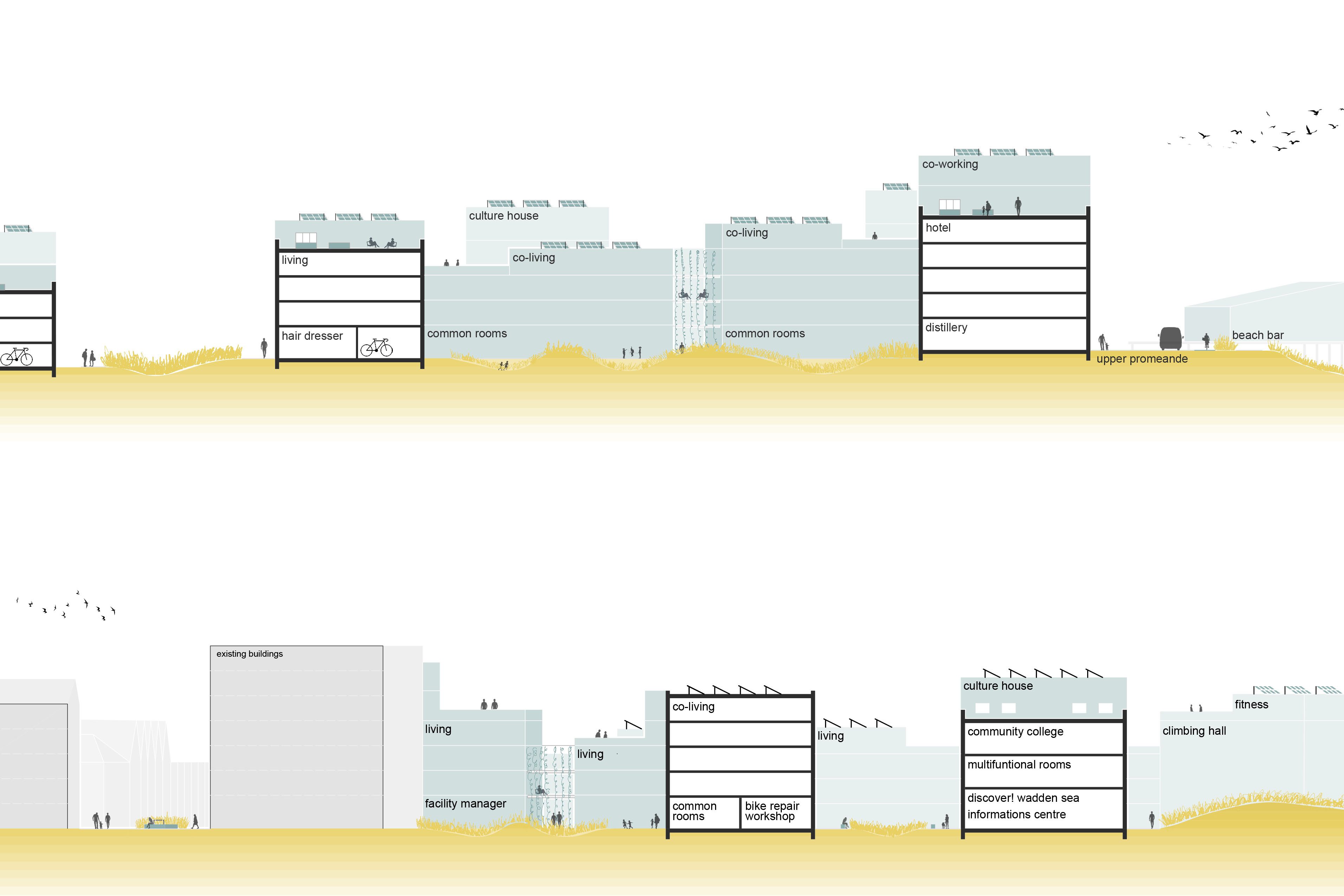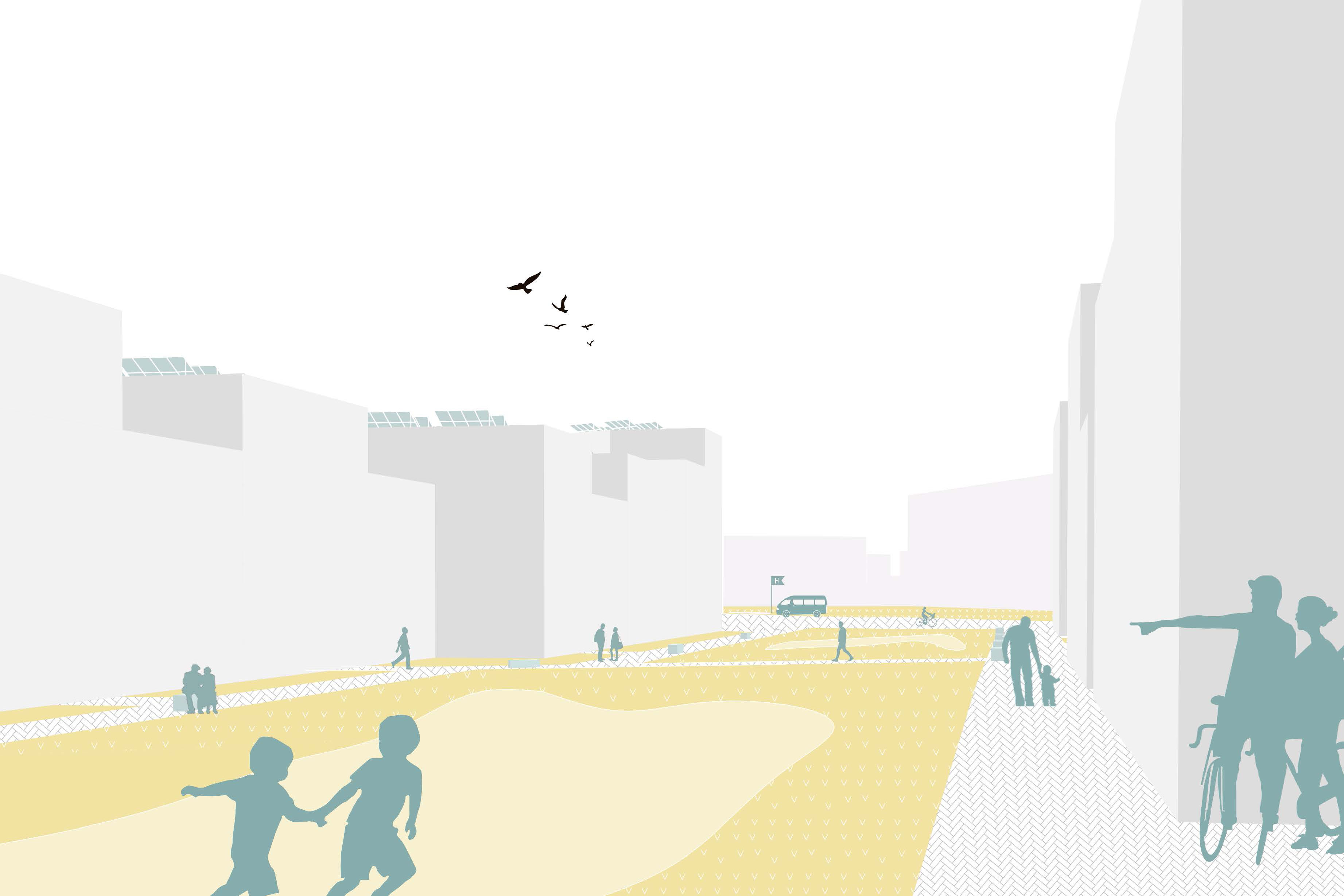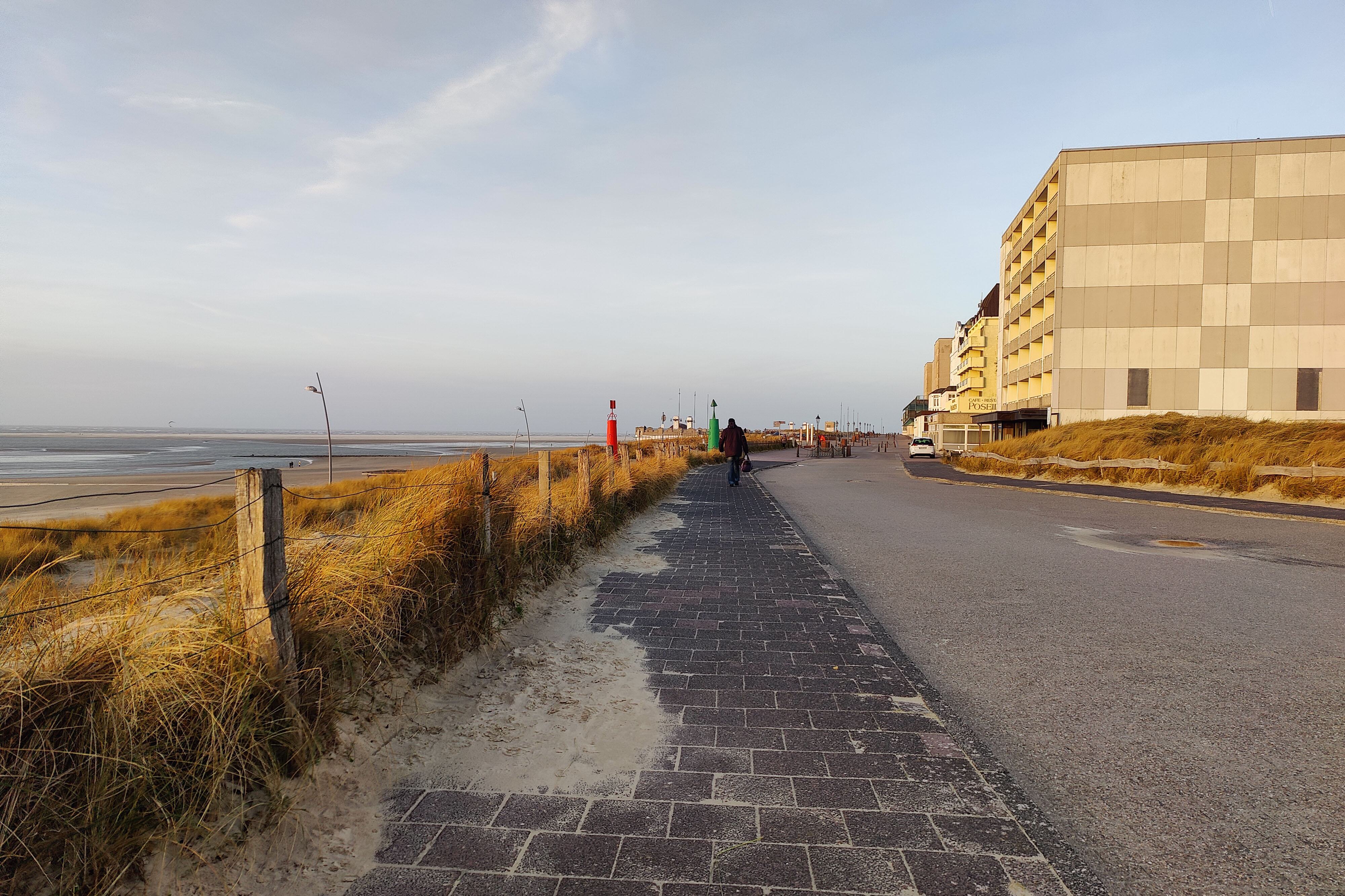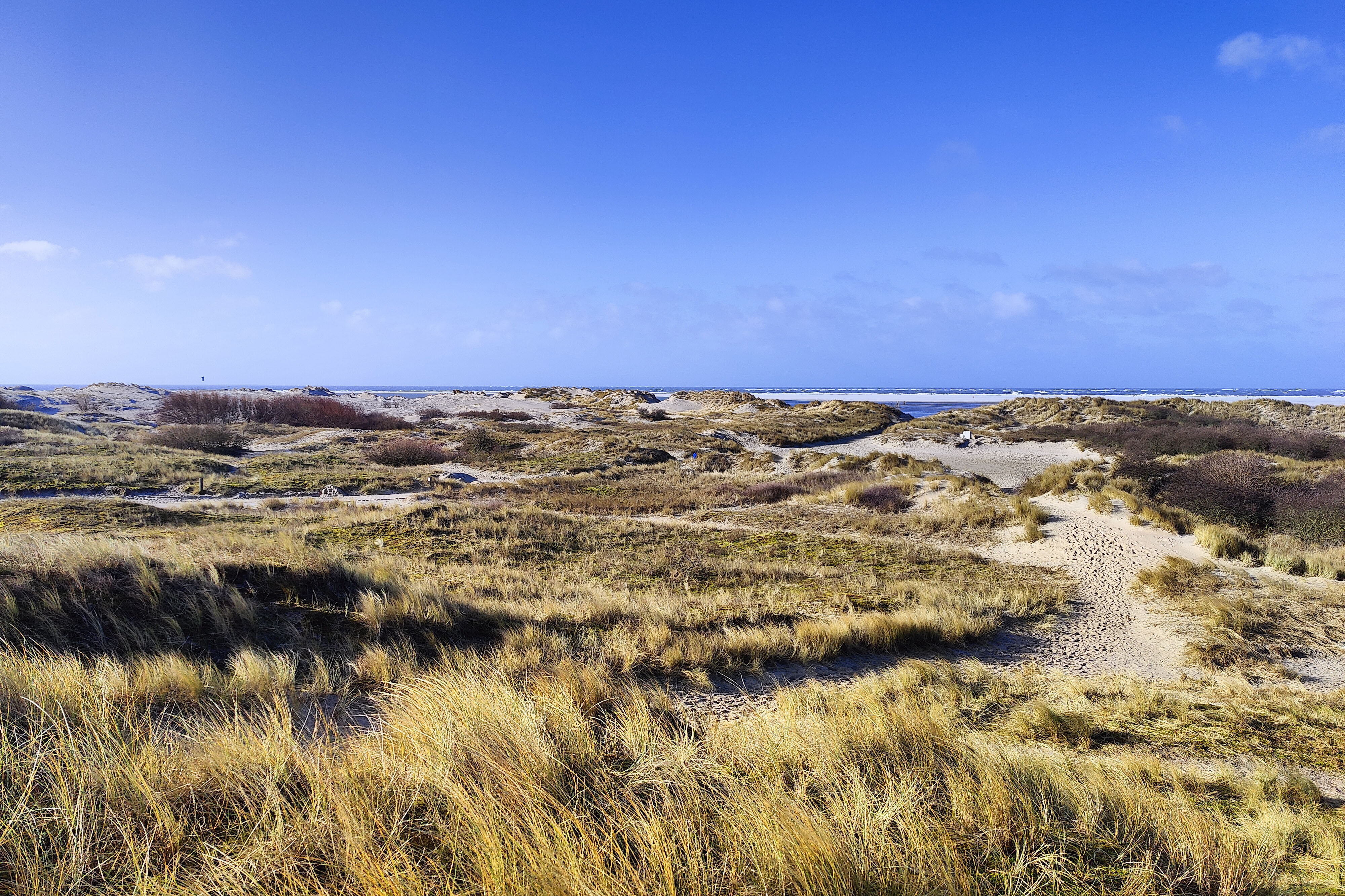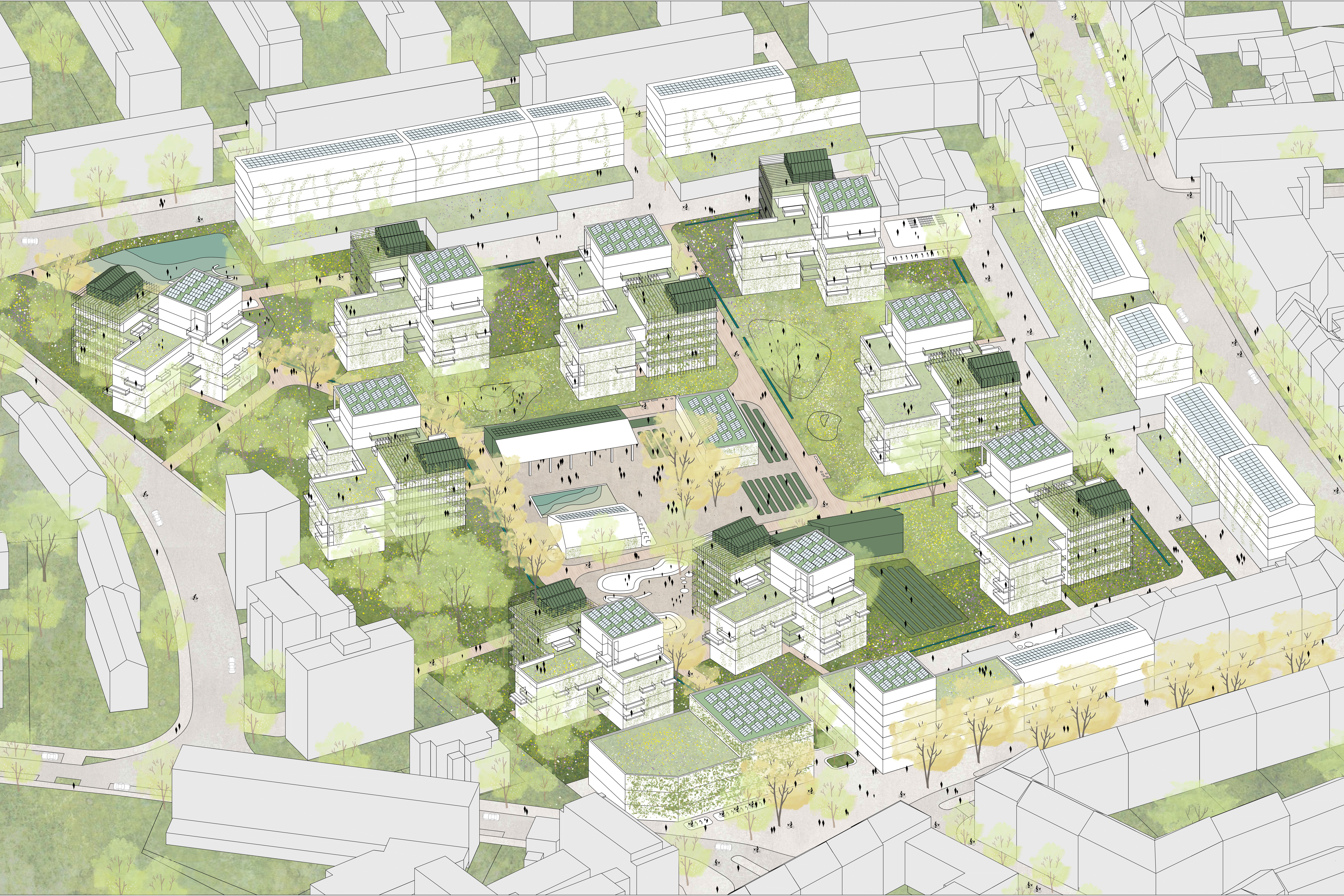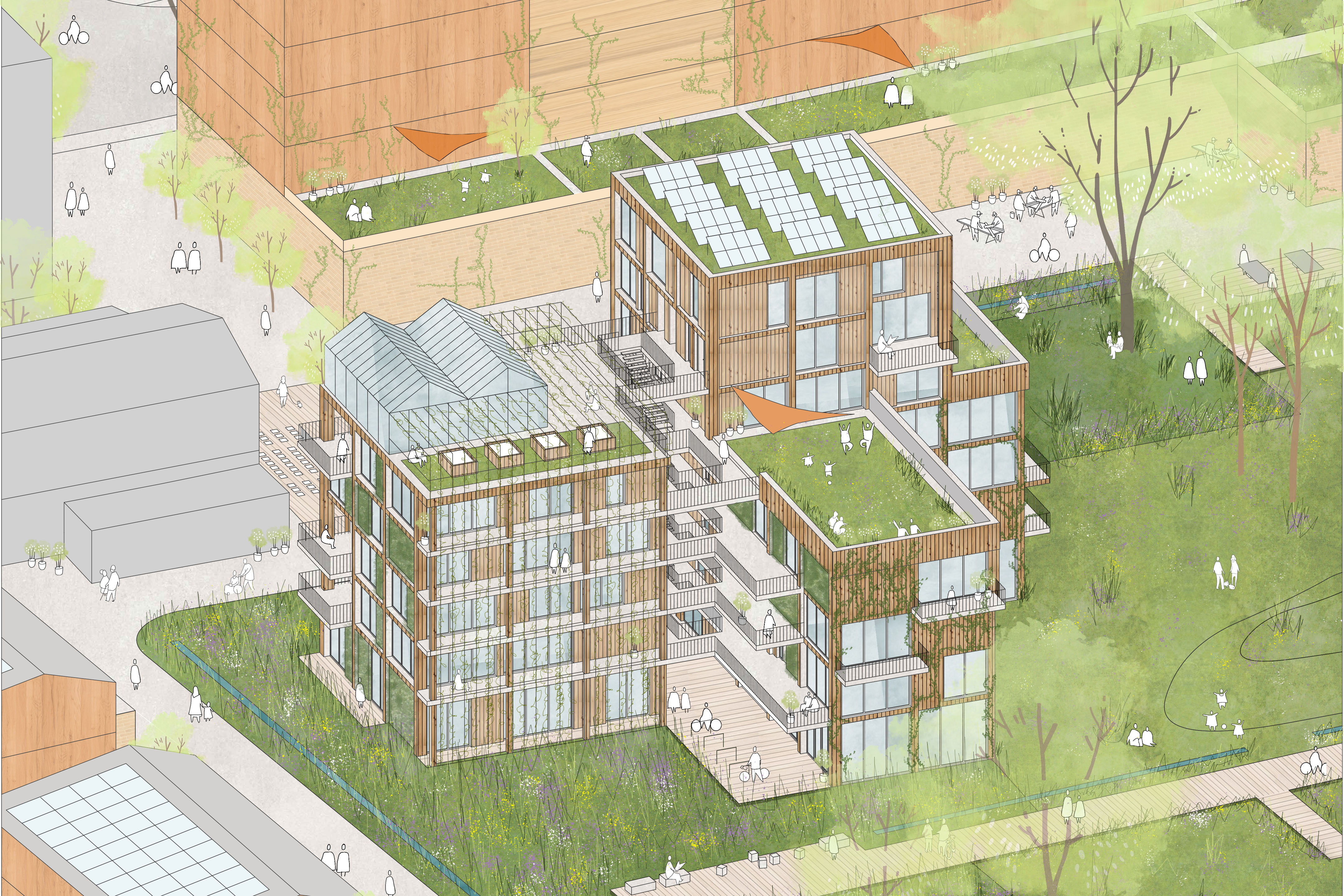Together Borkum // Area groyne 20
Borkum (DE) - Special Mention

TEAM PORTRAIT
VIDEO (by the team)
INTERVIEW
Click on the images to enlarge
1. How do you define the main issue of your project in relation with the theme “Living Cities Imagining architecture taking care of the milieus”? And in which way do you think your project can contribute to an ecological and/or social evolution?
Borkum relies on tourism, impacting both its economy and residents. Without it, locals may seek mainland jobs, leaving their home-island. While there are advantages, the continuous arrival of people presents difficulties for the local inhabitants. One focus of my project: building community through new activities, uniting tourists and locals amid the island's beauty and history, for connections in daily life and vacations.
2. How did the issues of your design and the questions raised by the site mutation meet?
Another important focus in my project is, unsealing the spa district. The wide roads, mostly paved or asphalted, currently dominate the town but don't reflect the beauty of the surrounding dune landscape. I aim to bring these back into the town centre, denaturalising a large amount of sealed surfaces. This can benefit social activities and enhance the environment in different ways.
PROJECT:



I am familiar with the challenges prevalent in regions where I live or frequently visit. These include the influence of tourism and the need to find inclusive solutions for everyone with shared interests. In the beginning of the project, I conducted an analysis, researching coastal areas with and without spa cultures. I drew inspiration from various ideas encountered during this research phase.
SITE:


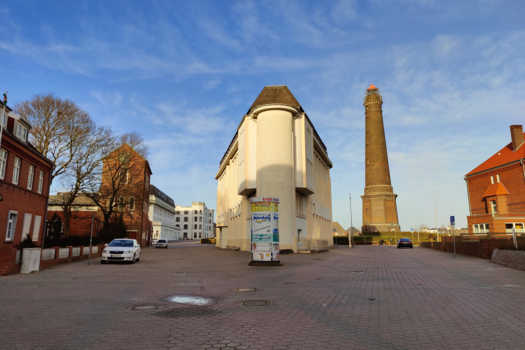
While working on the project, I made sure to plan the renovations in stages. This way, it can be completed in different parts, step by step without relying too much on each other. It also makes it possible to involve various investors for different sections. To plan in more detail, I propose having a workshop locally with everyone involved. Collaboratively generate ideas and reconsider the approach with a creative perspective.
REFERENCES:



The team consists solely of me. In my architecture studies, my interest in urban planning grew more and more, becoming my focus after graduation. I´ve been taken on in an urban planning office, I´ve already started working at while my last semesters in uni. Participating in the Europan competition alone was a personal challenge to test my learned abilities.
6. How could this prize help you in your professional career?
This award plays an important role in my career by enabling extensive networking across Europe. Engaging with specialists of the urban planning and architecture field from diverse countries will expand my point of view, promote collaborations, and deepen my comprehension of various urban planning strategies. This enriches my professional development and contributes to meaningful, cross-cultural projects.
TEAM IDENTITY
Legal status:
Team name:
Average age of the associates: 30 years old
Has your team, together or separately, already conceived or implemented some projects and/or won any competition? if so, which ones?
After my bachelor graduation in 2020 my professor entered my bachelor's thesis in the competition BDA Masters 2020, and I successfully convinced the jury with my concept for the Driescher Hof in Aachen, Germany. As a result, I was honoured to be among the five award recipients.
